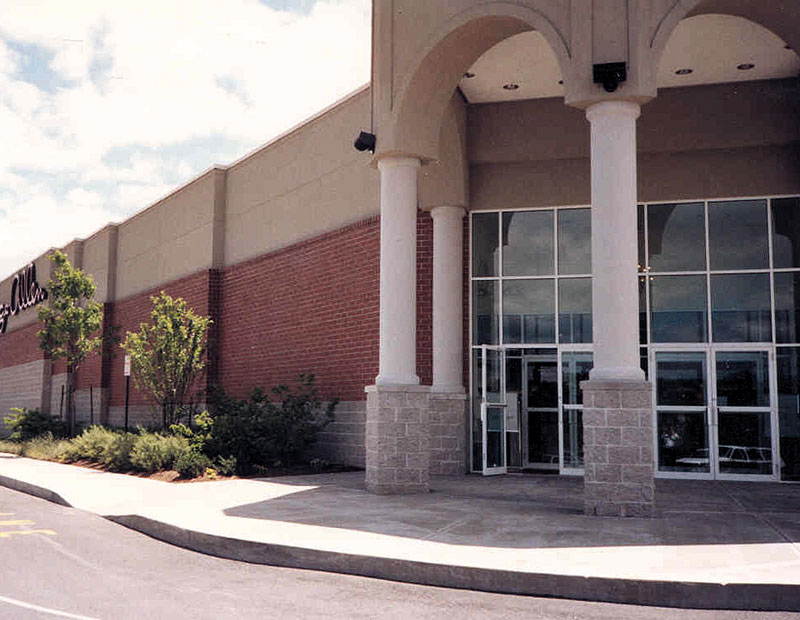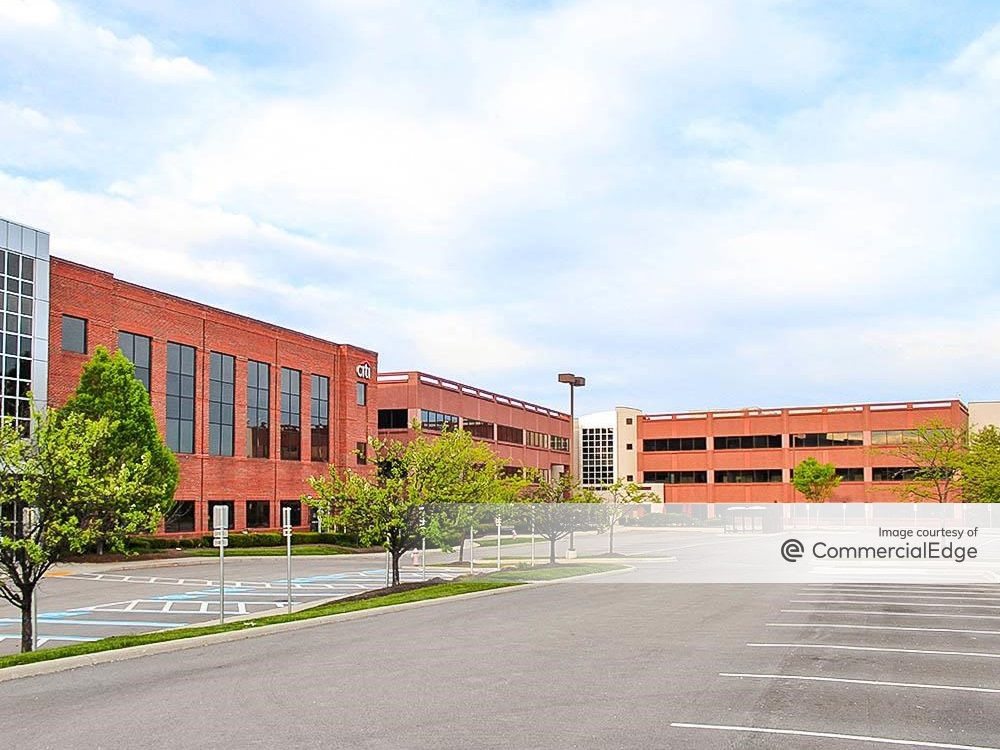Retail’s Winners & Losers
At the Goodwin-Columbia University Capital Markets conference, two retail REIT CEOs discussed why some stores will survive and thrive and why others will wither and vanish.

Source: NNECAPA Photo Library
If you relied on mainstream media reports of the past couple of years, you would think that retail real estate was doomed. But many retail property companies report strong performance. That disconnect was the topic of a panel discussion at the Goodwin-Columbia University Capital Markets conference.
“How do I separate for the audience the headlines from what is really happening in retail?” asked moderator Jim Sullivan, president of the Green Street Advisory Group.
Representing the ownership side was Regency Centers Inc. chairman & CEO Martin “Hap” Stein and Acadia Realty Trust President & CEO Ken Bernstein, who also chaired ICSC for the 2017-2018 term. “What I see in your portfolios is quite different than what I read in the media,” Sullivan noted.
“There is disruption that’s occurring in retail that’s occurred forever and ever …” said Stein, whose Jacksonville, Fla.-based company specializes in grocery-anchored shopping centers. “You continue to have this separation between the winners, the survivors and the losers.”
Currently, Stein explained, the losers are the Sears of the world. “The companies that don’t get it,” he said. “They don’t provide good service. They don’t provide good value. And they have over-leveraged balance sheets.” The survivors are companies that are either really good merchants, but they have too much leverage, or companies (like Bed, Bath & Beyond) that “haven’t quite figured things out” but have pretty strong balance sheets. The winners, he said, are stores like Publix, H-E-B, Trader Joe’s and Orange Theory that “get it” and have the capital to invest in technology, service and value. Those stores, Stein said, will continue to survive and thrive.
Both owners and tenants have received a wake-up call during the past couple of years, said Bernstein, whose New York-based company owns a portfolio of urban and street retail. “I do think our industry got complacent—both landlords and tenants—in terms of the amount of capital and how aggressive we needed to be to keep our stores relevant and keep our centers relevant,” he said. “We were used to retailers failing and then easily replacing them.”
While 2017 was a tough year, 2018 was a significantly stronger year in terms of retail fundamentals and 2019 feels strong as well, according to Bernstein. But, he said, in order to attract the “the haves”―those companies that are well capitalized and willing to invest in their companies and in omnichannel distribution and willing to make shopping as “frictionless” as possible―property owners must create retail environments that are physically inviting for those retailers. As for the retailers that the haves will replace?
“The have-not retailers have to go away,” Bernstein said. “They are sticking around too long. It’s a pain in our necks. It takes up way too much of our time and energy. “
Future of grocery stores
Sullivan then asked the two retail owners to share their forecasts for the grocery store business and grocery-anchored shopping centers over the next three to five years. How will that industry change to be competitive? Will “click and collect” technology replace brick and mortar stores?
Amazon’s purchase of Whole Foods shows that brick and mortar store will continue to be relevant, Stein said. But there will definitely be more click-and-collect technology and fulfillment spaces and you may see the use of robots in stores for such tasks as taking inventory and cleaning up spills. But, he said, the real differentiating factor will be service. “The physical store will continue to be important. Technology will continue to grow in importance,” Stein said. “It’s the ability to provide service, value and experiments that will continue to be more and more important.”
Bernstein agreed that there will be fewer traditional supermarket grocery-anchored shopping centers, and he did not think that would have a big impact on real estate portfolios because the industry leaders are investing in click-and-collect and fulfillment and expanding the experiences they can provide to customers.
“In real America … the shopping experience is going to change,” he said. “Your ability to have your groceries fulfilled and then use the time you spend in the store for other reasons, as Hap was alluding to … It could be cooking classes. There are going to be restaurants. There will be a host of other opportunities. Long before you have driverless cars, the cashier and the cash register are going away. Just think about the impact of that change alone. You can begin to think about how these stores evolve. And, just like it is incumbent upon us as landlords to think about how that change occurs, I am very pleased to hear what the Walmart’s and the Kroger’s and Costco’s all are doing to (grow) their services.”







You must be logged in to post a comment.